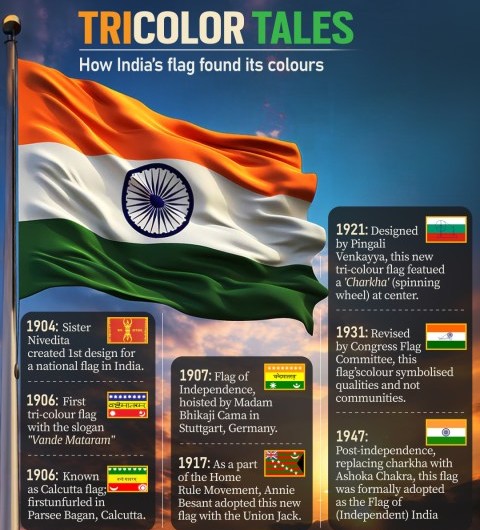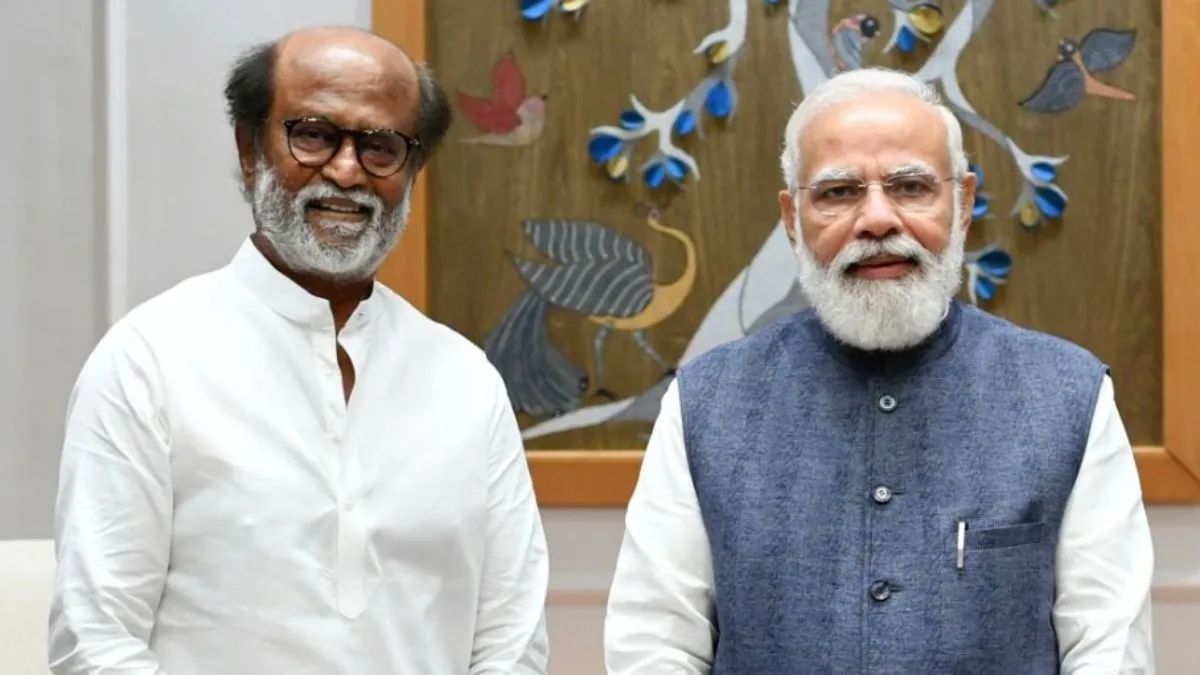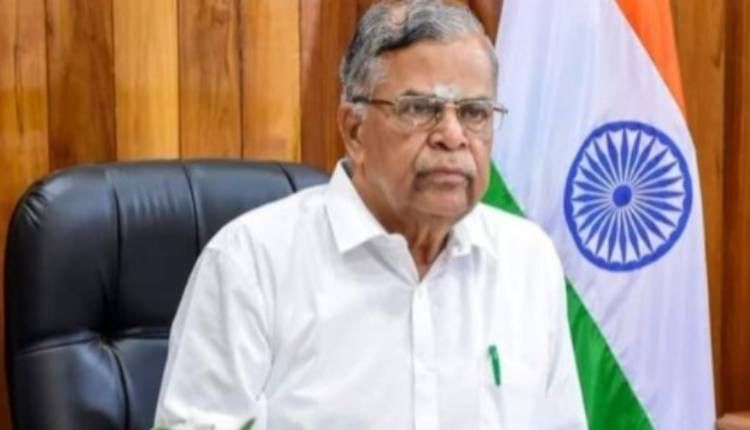
Follow WOWNEWS 24x7 on:

As India celebrates its 79th Independence Day in 2025, the fluttering tricolour across homes, schools, and government buildings evokes pride, unity, and remembrance. But behind the saffron, white, and green lies a century-long evolution of symbols, ideologies, and aspirations. This newsletter traces the fascinating journey of the Indian national flag—from its earliest iterations to the emblem we salute today.
1. The Need for a National Symbol
- Before independence, India lacked a unified national flag. Various empires and kingdoms used symbols like lions, Garuda, or the sun to represent authority, not nationhood
- As the freedom movement gained momentum, the need for a flag that could unify diverse communities and represent collective resistance became urgent
- Flags became tools of protest, identity, and hope—each version reflecting the political climate of its time
2. Early Designs and Revolutionary Flags
- 1904: Sister Nivedita, a disciple of Swami Vivekananda, designed a red and yellow flag with a white lotus and the words Bonde Mataram in Bengali. It symbolized purity and strength
- 1906: The Calcutta Flag, also called the Lotus Flag, was unfurled during the Swadeshi Movement. It featured green, yellow, and red stripes with lotus flowers, Vande Mataram, and celestial symbols
- 1907: Madame Bhikaiji Cama hoisted the Berlin Committee Flag in Stuttgart, Germany. This was the first Indian flag unfurled on foreign soil. It had saffron, green, and red bands with eight white lotuses and the slogan Vande Mataram
3. Flags of Political Movements
- 1917: During the Home Rule Movement led by Annie Besant and Bal Gangadhar Tilak, a new flag emerged. It had five red and four green stripes, the Union Jack in the corner, and symbols representing India’s diverse communities
- This flag reflected India’s demand for Dominion status while maintaining ties with Britain
- The inclusion of the Saptarishi constellation and Islamic symbols showcased the pluralistic vision of the movement
4. Pingali Venkayya’s Vision
- 1921: At the All India Congress Committee session in Bezwada, Pingali Venkayya presented a flag with red and green bands representing Hindus and Muslims
- Mahatma Gandhi suggested adding a white band for other communities and a spinning wheel (charkha) to symbolize self-reliance
- This design laid the foundation for the tricolour, emphasizing unity and swadeshi ideals
5. The Final Adoption
- 1931: A resolution was passed to adopt a tricolour flag with saffron, white, and green bands and the charkha at the center
- This version was secular, inclusive, and symbolic of India’s struggle for freedom
- 1947: Upon independence, the Constituent Assembly adopted the current national flag. The charkha was replaced by the Ashoka Chakra, a 24-spoke wheel representing law, dharma, and progress
6. Symbolism of the Tricolour
- Saffron: Courage and sacrifice
- White: Peace and truth
- Green: Faith and fertility
- Ashoka Chakra: Eternal motion, justice, and the wheel of time
7. Flag Code and Modern Usage
- The Flag Code of India governs the respectful display and handling of the national flag
- Since 2002, citizens have been allowed to hoist the flag on any day, not just national holidays
- In 2022, the code was amended to allow nighttime display, provided the flag is well-lit
8. Why It Still Matters
- The Tiranga is more than fabric—it’s a living symbol of India’s journey from colonial subjugation to sovereign pride
- Each fold carries the legacy of revolutionaries, reformers, and ordinary citizens who dreamed of a free and united India
- As we mark Independence Day 2025, the flag reminds us of our shared history and collective responsibility to uphold its values
Sources: MSN India, ABP Live, India Today, The Daily Jagran



